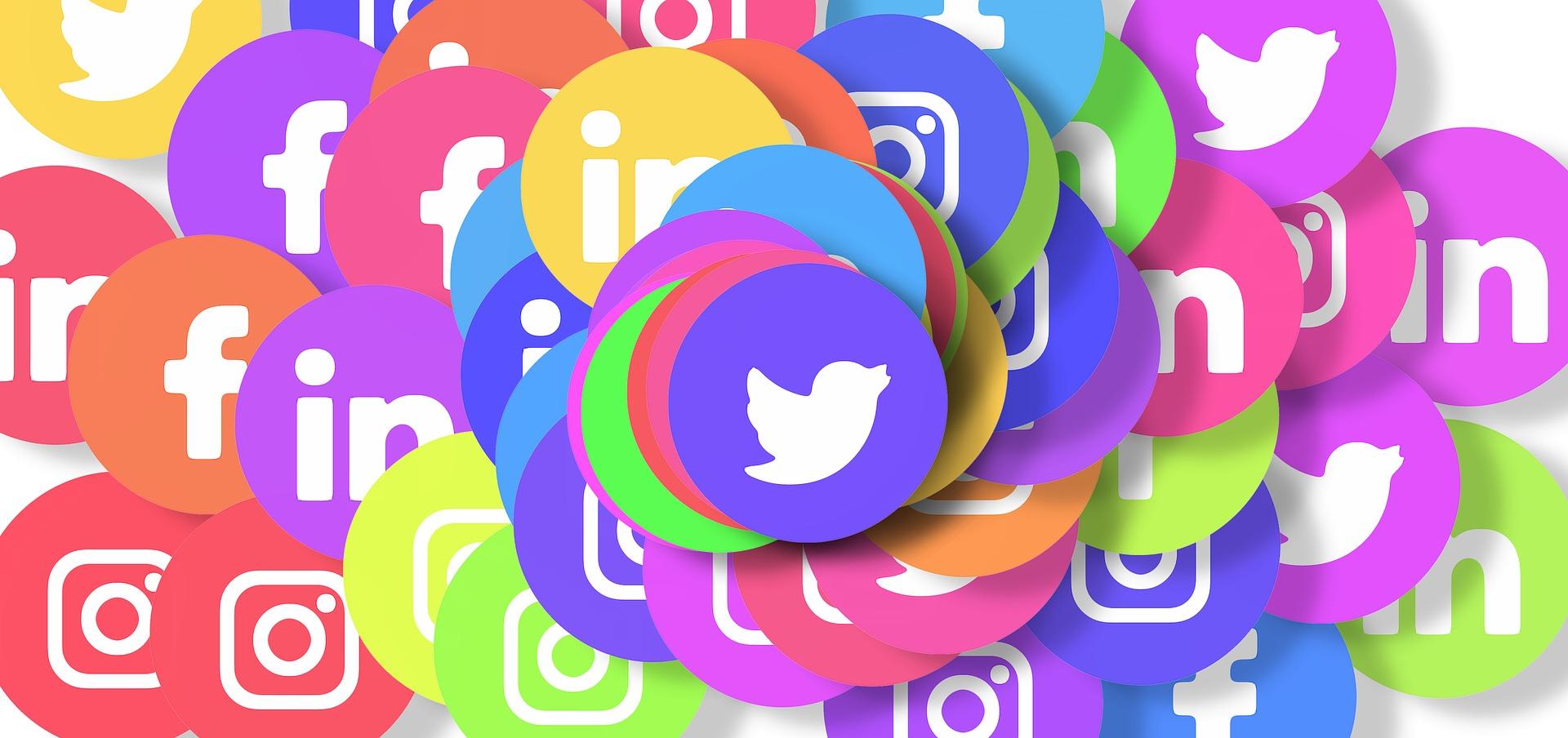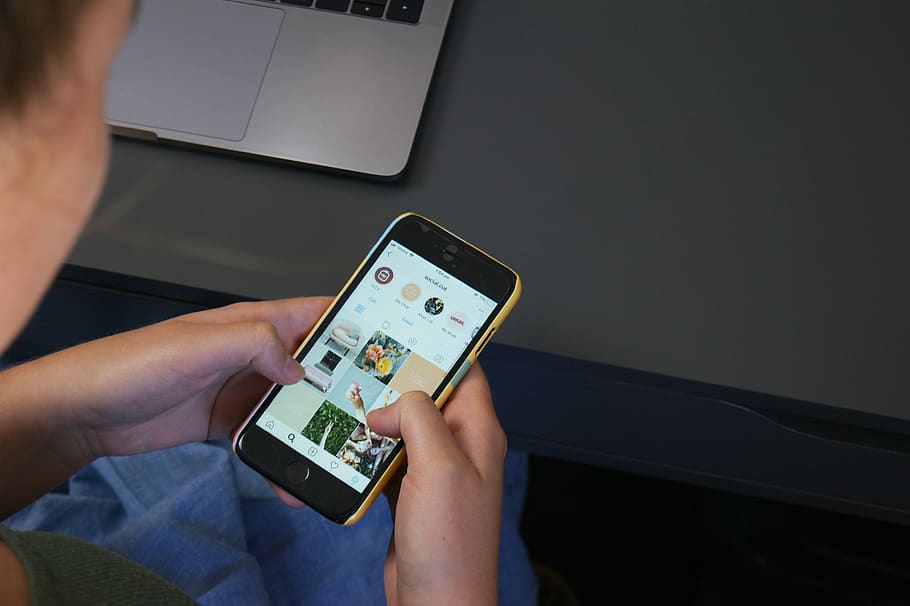What is Influencer Marketing?
Influencer marketing involves working with an influencer on a social media platform to promote your business or product to the influencer’s followers.
But what’s an influencer?
An influencer is really anyone who you think has a large enough and engaged enough following to help your business grow.
If your business is super niche, like sustainable vegan travel, working with an influencer who has 4K followers and a super engaged following of like-minded individuals could be very beneficial for your business.
Types of Influencer Marketing Campaigns
There are a variety of different types of influencer marketing campaigns that you can use to promote your business or brand.
Remember: you should always expect to pay the influencer for their time, skill, and following, even if you are gifting them a product. Influencers can’t pay the rent with a bunch of beauty products, and you’ll have a much higher success rate when you offer to pay someone for their services.
Think about it this way. Instead of hiring a beauty team, studio space, model, and professional photographer/editor, you’re paying one person to do all of this work who likely won’t charge you as much as the entire team would have.
Keep in mind that you’ll want to know the engagement rate of influencers who you plan on working with. You’ll save a lot of money and likely have a better result working with a micro influencer with a higher engagement rate than an influencer with thousands of followers but a low engagement rate. More on this later!
For now, let’s dive into the different types of influencer marketing campaigns.
Reviews/Sponsored Content
If you have a product or experience that you’re trying to sell, working with an influencer to review it can be a great marketing strategy.
You’ll want to start off by finding an influencer within your niche. If your product is travel related, find influencers within the travel niche. You’ll want to reach out to the influencer and coordinate a price and a contract. You’ll send the product and payment for their services and then they’ll create content and post a review of the product.
Be sure to give the influencer creative freedom! They know what type of content their audience responds to, so giving too many restrictions could inhibit your anticipated results.
Giveaways or Competitions
Another classic influencer marketing technique is a giveaway or competition. These types of campaigns can be a real win-win for everyone involved: influencer, business, and follower.
Giveaways and competitions can include:
- Engaging (liking, commenting, saving, tagging a friend) with the influencer’s post to be entered into the competition
- Following the influencer and brand
- Signing up for the giveaway via a mailing list
- Reposting a photo on a feed or in stories

Collaborations
Collaborations are perfect for brands who are already established because they do require some monetary commitment.
An example of a collaboration might be a makeup brand working with a beauty influencer to design an eyeshadow palette or contour kit. This will obviously require a longer commitment and a greater financial investment, but it does have the potential to pay off handsomely.
Make sure that you have a solid contract with the influencer whom you plan on doing a large scale collaboration.
You can also do a smaller scale collaboration in which you work with an influencer to show the product in use. This is a fantastic way for brands to show the functionality of a product.
For example, an artisan chocolate brand might work with an influencer who runs a recipe blog. The influencer can use the chocolate in a recipe and promote it this way.
Ambassadors
Another very common way that brands work with influencers is through ambassadorships. Essentially, this means that you work with an influencer who fits your brand style and can be the face of your brand.
Typically, ambassadors receive products in exchange for promotion. Additionally, you might give them a tracking link or a special discount code that they can share with their followers that then shows how many people have purchased based on their recommendation. Ambassadors typically receive a percentage of profits.
Takeovers
If you work with an influencer to do a takeover, this means that you give them your account info so that they can log on and create stories. Influencers will promote this takeover on their own account, driving their followers to your account.
Evidently, there needs to be a high level of trust and/or a contract, as you don’t want to risk losing your account info.
Good news! Snapchat has a special feature that allows you to give story power to another without giving away your login information.
How Can You Start Influencer Marketing?
There are a variety of platforms that will help you find the right influencer for your marketing campaign. However, do keep in mind that they make money by taking some form of payment from the influencer, making it less of a good deal on the creative side.
Here are a few sites that can help you connect. The plus side of using these sites is that if work isn’t delivered, payment won’t be made. They also require influencers to link to their socials, so you’ll be able to see followers and engagement rate at a glance.
- Fohr
- Upfluence
- Post for Rent
- Social Bakers
- Onalytica
- Blogmint
- Izea
- Webfluential
You can also start reaching out to influencers on social media. Find someone who already tags your brand in photos or frequently interacts with your content. Keep in mind that it’s good to start small. Working with micro influencers who have 50K followers or less means that their engagement rate is probably higher.
Here are a few things that you’ll want to know and have settled before beginning the campaign:
From the influencer:
- Engagement rate on different platforms
- Following on different platforms
- Monthly unique visitors on their website
- Monthly pageviews on their website
- How frequently do they post sponsored content? (Too often and their audience won’t take the content seriously.)
On the business side:
- Who retains the content rights?
- Can the content be used for other promotional materials?
- How much content will the influencer create?
- How many times should the influencer post?
- What platform will the influencer post from?
Once you’ve got these basic settled, you’re already off to a promising start!
To get you feeling creative, here are the top 10 influencer marketing campaigns that you can draw inspiration from for your own marketing endeavors.

Campaign 1: Undercover Lyft Driver
Lyft’s Undercover Driver campaign represents one of the best influencer marketing strategies in the game. Lyft worked with celebrities all over the United States to drive a Lyft and surprise riders. They featured names like Alicia Keys and Demi Lavato, as well as various NFL players. The rides were filmed and quickly went viral on social media, especially on Youtube.
And what a great technique! Now that people know that they might step into a car with Chance the Rapper as their driver, they’re much more included to take a Lyft.
Campaign 2: Mercedes-Benz and Loki
The Insta-famous wolf dog Loki and his owner, worked with Mercedes-Benz to promote an epic drive through the Colorado mountains. This is a great example of a sponsored post. By showcasing the snowy wilderness through the eyes of Loki, Mercedes successfully appealed to viewers who could likely already relate to the sense of adventure.
Campaign 3: Jamba Juice and Chachi Gonzales
Jamba Juice successfully partnered with Chachi Gonzales, influencer and dancer, to create a promotional video. The video features Chachi struggling to find inspiration to move, but after she takes a sip of a Jamba Juice smoothie, her world lights up and her dance moves are spectacular.
The campaign drastically surpassed its estimated views and was successful in promoting the juice company.
Campaign 4: Lagavulin’s My Tales of Whiskey Yule Log
If you’ve ever watched Parks and Rec, you know immediately who Ron Swanson is. The legend, played by Nick Offerman is featured in this genius marketing campaign. Nick sits in front of a crackling fire, a glass of whiskey in his hand and the whiskey bottle by his side. The viral video is 45 minutes long. No one speaks and the camera barely moves, but the fire crackles as Nick enjoys the whiskey.
Campaign 5: Fiji Water and Danielle Bernstein
In a clever campaign that integrates Fiji water into everyday activities, Danielle of @WeWoreWhat shows brief workout clips and reminds her followers to stay hydrated with Fiji Water as they exercise. This is a great example of sponsored content but could also be considered a collaboration in which the influencer decides how to use and present the product to their audience.
Campaign 6: Wish and Soccer Stars
As FIFA rolled around (pun intended), Wish brilliantly decided to feature a few players whose teams narrowly missed out on making it to the finals. Playing on the idea that the players now had a lot more downtown, the videos and photos feature the men spending their free time exploring Wish’s website and playing with the new items that they purchase. The players shared one another’s videos which helped contribute to the entire campaign going viral.
Campaign 7: Gap’s Styld.by
Gap is a great example of a large brand working with a huge variety of influencers to reach niche markets. Gap worked with and styled influencers in all types of niches, from fashion and beauty to travel and lifestyle, just to name a few. By engaging with a new range of clients, they substantially increased their reach.
Campaign 8: Hulu
Hulu worked with star athletes who doubled as influencers to try and catch up with their streaming competition, Amazon and Netflix, by introducing a sports aspect to their service. The campaign was spread across 19 different athletes’ Instagram profiles which allowed Hulu to reach a huge sports fan base. The campaign was incredibly successful and increased Hulu’s subscribers by millions.

Campaign 9: Fabletics
Fabletics is a great example of a campaign that successfully worked with ambassadors to promote their workout clothes. Through targeted hashtags and working with micro influencers (4K followers to 25K followers), Fabletics reached over 100,000 people with an off the charts engagement of almost 9.5 percent.
Campaign 10: Away
You’ve probably heard of this luggage brand, if for no other reason than their tactful influencer marketing strategies. Their campaign strives to increase brand awareness by working with celebrities, lifestyle influencers, and travel influencers. By working with a wide variety of micro and macro influencers, they reached an engaged and large audience.
Start Using Influencer Marketing Today
Now that you know all about influencer marketing and have seen some of the most successful campaigns, keep learning!
Influencer marketing shows no signs of stopping. By working with micro and macro influencers in a variety of niches, influencer marketing promises to be one of the best methods for increasing sales and brand awareness.
Get in touch today to book a focused strategy call and to get started with one on one mentorship.


Pingback: How to Partner Your Clients with the Right Influencers - // 551 Media LLC
I think it’s important to note that influencer marketing is not a one-size-fits-all solution. The best strategy for your business will depend on your specific goals and target audience.
True. We say that repeatedly in our content on this blog and elsewhere on social media. Know your marketing objective and then use the strategy that will best help you get there.